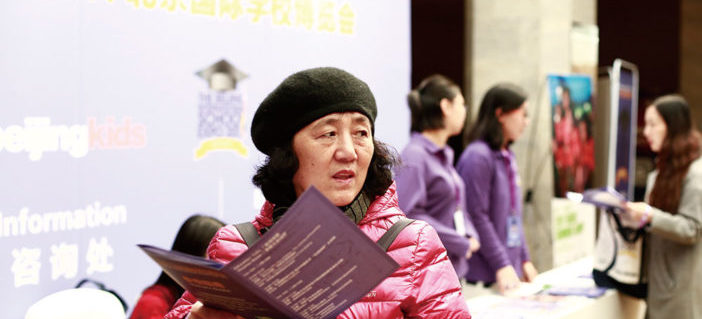This year’s School Choice Guide is once again packed with detailed information on 56 Beijing schools. But what do all those numbers mean? What’s big or small, expensive or cheap? We’ve crunched the numbers to help you get to grips with it all.
43K
is the average size (in square meters) of main campuses. Kindergartens are generally smaller, averaging only 3,800sqm, while schools offering the full K-12 education average over 70,000sqm. The smallest school is a cozy “kindy” of only 590sqm, and the biggest is an enormous 280,000sqm – that’s over 50 football fields.
30
is the percentage of schools offering boarding as an option. None of these are kindergartens, of course, so for schools including secondary provision that figure rises to nearly 50 percent. Check the small print though: some only offer it in special circumstances, while at one school it’s compulsory for Grade 9-12.
2
listed schools that don’t take foreign passport holders, while 77 percent also accept Chinese nationals.
70
percent of the schools listed charge an application fee (39 out of 56), with the average cost being RMB 2,067. The lowest fee is RMB 660, and the highest nearly ten times as much, RMB 6,500. Tuition fees range from a mere RMB 8,500 to a top-end RMB 360,000 for a school year. The average is RMB 162,000, but costs tend to rise as your children get older: the average fees at kindergarten are RMB 128,000, but at K-12 schools they’re over RMB 200,000. Cheer up though! Over half of our schools (55 percent) offer scholarships or other financial assistance.
64
percent of schools offer additional help to children. This is often support for learners of English as a second language though. If your child has special needs, you’d be advised to speak to the school about what arrangements they can make.
20
students compose the average class. As you’d expect, class sizes are much lower than in most public schools. There’s surprisingly little difference between kindergartens and high schools, with this figure consistent across the age range.
(Note: These statistics are based on the data in the 2017 School Choice Guide, as the 2018 listings are updated right up until we go to print. While we’ve made every effort to make this information as accurate as possible, due to the different ways schools record their data, it should be treated as a general guide rather than a rigorous analysis.)
Photo: Uni You
This article originally appeared on p6
of beijingkids School Choice Guide 2018-2019.





